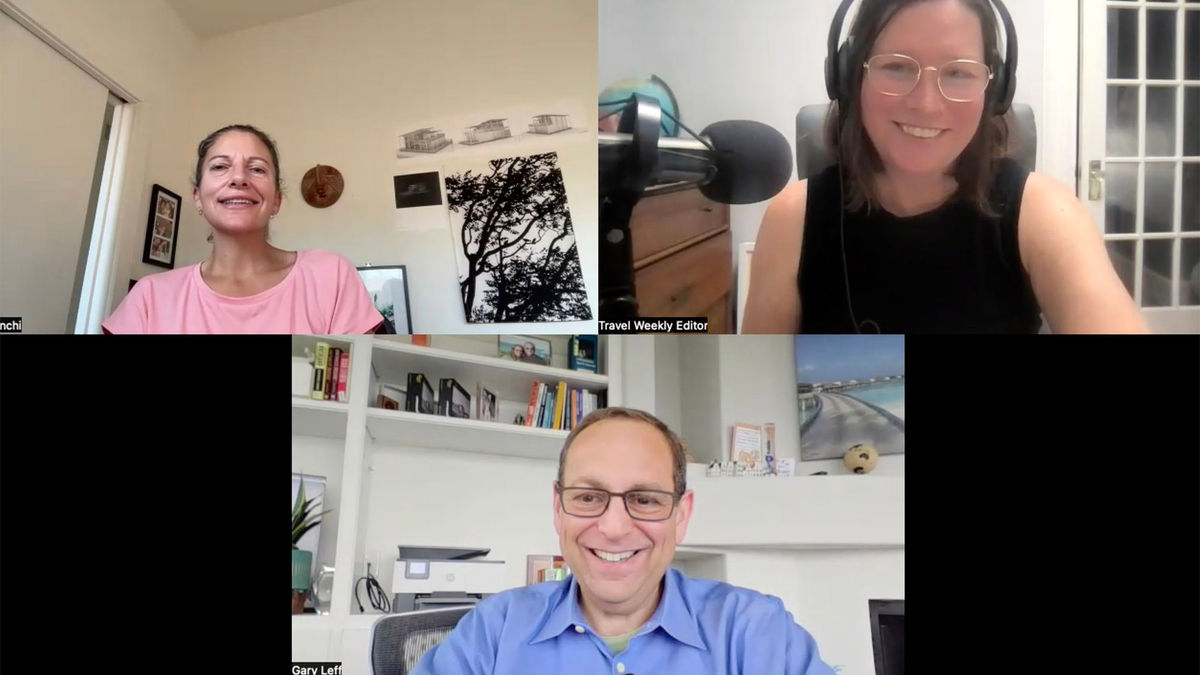Unlocking the Power of Lucid Dreaming: Three Techniques for Controlling Your Dreams

The idea of taking control of your dreams might sound like something out of a science fiction film, but for about 20% of people, this extraordinary ability is a reality. They can embark on thrilling journeys through impossible realms, exploring the fascinating connection between the real world and the world of dreams.
Popularised in films like 'Inception', lucid dreaming has caught the attention of scientists, who are eager to harness its potential. Researchers are exploring ways to use lucid dreaming to help people accomplish tasks in their sleep, such as switching on lights or even navigating virtual cars.
Intrigued? Here are three techniques you can try to achieve lucid dreaming:
#
What is Lucid Dreaming?
In essence, lucid dreaming is a type of dream where you are aware that you are dreaming. This heightened state of awareness allows you to exert control over the dream's events and shape your experience.
Lucid dreaming can be used to overcome nightmares, alleviate post-traumatic stress, or simply enhance the enjoyment of your dream world with fantastical adventures or psychedelic experiences. Studies have even shown that lucid dreamers can communicate with the waking world in real-time during their sleep.
Contrast this with a normal dream, where you are a passive observer with no control over what happens, and no recognition that you are dreaming.
#
When Does Lucid Dreaming Occur?
The majority of lucid dreaming happens during rapid eye movement (REM) sleep. This is the deepest stage of sleep, marked by a complete shutdown of muscle control, and it usually occurs around 90 minutes after you fall asleep. It is known as REM sleep because our eyes move rapidly from side to side behind our closed eyelids.
REM sleep is the stage where we experience the most vivid dreams due to increased brain activity, similar to that observed when we are awake.
#
Who Experiences Lucid Dreams?
Some notable lucid dreamers include musician Billie Eilish, film director Christopher Nolan, physicist Richard Feynman, and DJ Richard D James (Aphex Twin). However, lucid dreaming is not a common occurrence, with most people experiencing ordinary dreams during their sleep.
Research suggests that 50% of people have experienced a lucid dream at some point in their lives, while only 20% experience them at least once a month. An even smaller percentage, around 1%, enjoy lucid dreams more than once a week.
Studies also indicate that individuals who frequently have lucid dreams have a larger prefrontal cortex â the part of the brain linked to logic and reasoning â which may explain their ability to recognise the unreality of a dream scenario while asleep.
While some individuals seem to have a natural predisposition towards lucid dreaming, research suggests that anyone can learn to induce them using specific techniques.
#
How Can You Try Lucid Dreaming?
A 2017 Australian study identified three techniques that can increase your chances of having lucid dreams: 'reality testing', 'wake back to bed', and 'mnemonic induction'.
Reality Testing: This technique involves consciously checking your surroundings several times a day while you are awake to determine if you are dreaming. While it may seem unusual, doing so can train your brain to ask the same question during a dream. Think of it like the spinning top in Christopher Nolan's 'Inception', which Leonardo DiCaprio's character uses to determine if he is dreaming.
Wake Back to Bed: This involves waking up after five hours of sleep (you'll need to set an alarm for this). After waking, stay awake for a brief period, between 10 minutes and an hour, to achieve full consciousness before going back to sleep. The brief period of wakefulness enhances your mental alertness and boosts your brain's ability to exert control during your dreams.
Mnemonic Induction of Lucid Dreams (MILD): This method also involves waking up after five hours of sleep and repeating the phrase: 'The next time I'm dreaming, I will remember that I'm dreaming.' As you repeat this phrase, you should also imagine yourself experiencing a lucid dream, blurring the lines between your waking and dreaming states.
#
The Broader Potential of Lucid Dreams
Scientists are excited about the possibilities of lucid dreaming, particularly in how it could enable people to perform tasks during their sleep.
Recent experiments with lucid dreamers have revealed remarkable levels of interaction with the waking world.
Last year, researchers demonstrated the ability to train individuals to respond to music by moving their muscles while lucid dreaming. Another study successfully translated electrical signals from the sleeping brain into real-world commands, such as turning on lights and kettles.
These findings suggest potential applications for controlling smart home devices before we wake up, saving precious time in a busy morning routine.
A 2021 study further revealed that some lucid dreamers could answer questions and even solve maths problems while asleep. Researchers asked lucid dreamers math problems like 'what's eight minus six' and yes-no questions like 'do you speak Spanish?' The dreamers were able to answer correctly in real-time using eye movements or facial muscle signals.
Even more incredibly, a 2024 study involved lucid dreamers controlling a virtual car using electrical sensors to detect leg and arm muscle movements.
Achilleas Pavlou, a psychologist at the University of Nicosia in Cyprus, highlights the significant advancements in our understanding of lucid dreaming over the past decade. While acknowledging the need for further research, he expresses optimism that we will soon be able to reliably and consistently induce lucid dreaming.
The exploration of lucid dreaming is an exciting field with vast potential. As research continues, we can expect to uncover even more remarkable applications and possibilities for this extraordinary state of consciousness.





